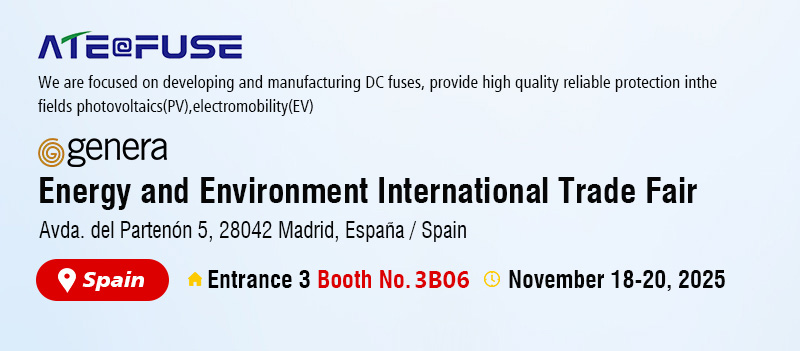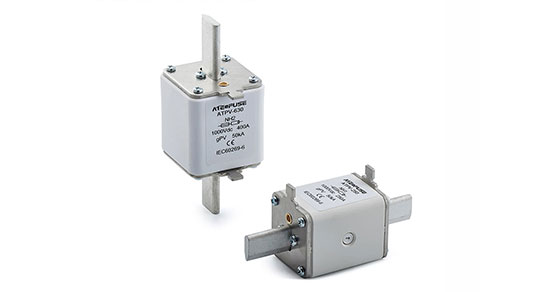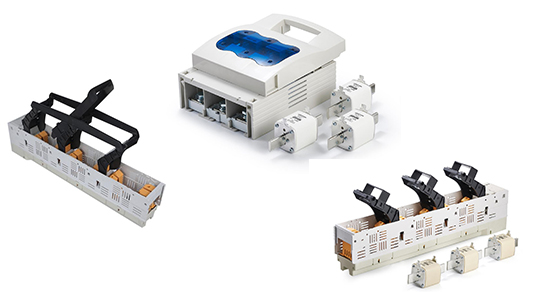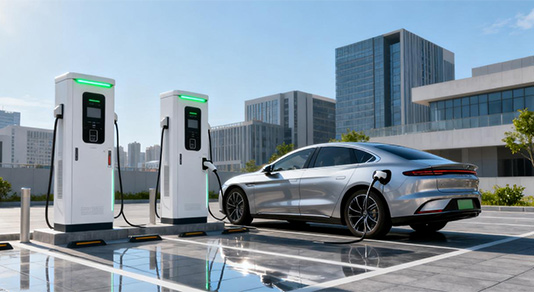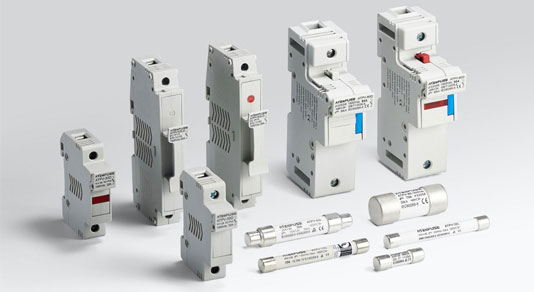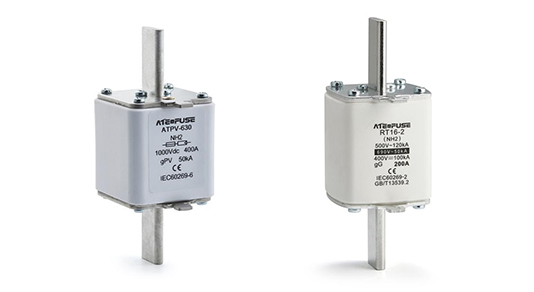Why Photovoltaic Systems Rely on Fuses – A Deep Dive into PV Combiner Box Protection
Renewable energy is rapidly transforming the way industries and households consume power. At the heart of this transformation are photovoltaic (PV) systems, designed to capture solar energy and convert it into usable electricity. But as with any electrical system, safety and reliability are critical. This is where fuses in PV applications—especially inside the PV combiner box—play a central role. In this article, we’ll explore why fuses are necessary in solar power systems, how they function in a combiner box, and what procurement professionals and engineers need to know when specifying them.
The Role of the PV Combiner Box
A PV combiner box consolidates the output from multiple solar strings into a single feed that goes to the inverter. By bringing together multiple circuits, the combiner box also becomes a natural point for overcurrent protection.
Why fuses are used in PV combiner boxes:
- To protect each individual string from reverse currents.
- To isolate faults and prevent damage to other strings.
- To safeguard the inverter and downstream equipment.
Without proper fusing, a fault in one string could cause current from the other strings to flow backward, leading to overheating, fire risk, and equipment failure.
Why Fuses Are Critical in PV Systems
1. Handling High DC Voltages
Unlike typical AC systems, solar arrays operate with high DC voltages (often 600V, 1000V, or even 1500V). Fuses used here must be rated specifically for high-voltage DC applications to prevent dangerous arcing.
keywords:
PV DC fuse 1000V
solar combiner box fuse
DC rated fuse for photovoltaic
2. Managing Variable Operating Conditions
PV systems are subject to fluctuating sunlight, temperatures, and shading, which can cause inconsistent current flow. Fuses protect sensitive inverters and wiring from these unpredictable surges.
keywords:
solar fuse for inverter protection
PV fuse selection guide
3. Certification and Compliance
Solar installations must comply with IEC and UL standards. Engineers and procurement teams must ensure fuses are UL 2579 or IEC 60269-6 compliant for photovoltaic systems.
Search keywords:
UL certified PV fuses
IEC 60269-6 fuse
Key Considerations for Selecting PV Fuses
- Voltage Rating: Choose fuses rated for 600V, 1000V, or 1500V DC depending on the system.
- Current Rating: Match to the string current; oversizing reduces protection, undersizing causes nuisance trips.
- Breaking Capacity: PV fuses must interrupt potentially high fault currents safely.
- Environmental Durability: Outdoor-rated fuses are essential, with resistance to temperature extremes and UV exposure.
- Form Factor: Cartridge-style or NH-type fuses are common in PV applications.
Procurement Challenges and Solutions
Procurement managers often face these issues:
Lead times: High-quality PV fuses can have long delivery cycles.
Counterfeits: Low-cost, uncertified fuses may fail safety tests.
Compatibility: Ensuring the fuse fits into combiner box holders and is compatible with connectors.
Best practices: Partner with trusted suppliers, check certifications, and stock popular ratings (e.g., 10A, 15A, 20A, 30A) for quick project turnaround.
Applications Beyond the Combiner Box
While combiner boxes are the most obvious location, PV fuses are also used in:
- Inverter DC input protection
- Battery energy storage systems (BESS)
- Charge controllers
- DC disconnect switches
Common Mistakes in PV Fuse Selection
- Using AC fuses in DC applications (unsafe).
- Ignoring high ambient temperature derating.
- Oversizing current rating for “extra safety” (actually reduces effectiveness).
- Forgetting compliance with international standards.
Real-World Example: ATBX-2/1 DC500V Combiner Box with Integrated Fuses
One practical example comes from the ATBX-2/1 DC500V combiner box, designed for small to mid-size solar PV installations. This model consolidates 2 PV string inputs into 1 output, simplifying wiring and providing centralized protection.
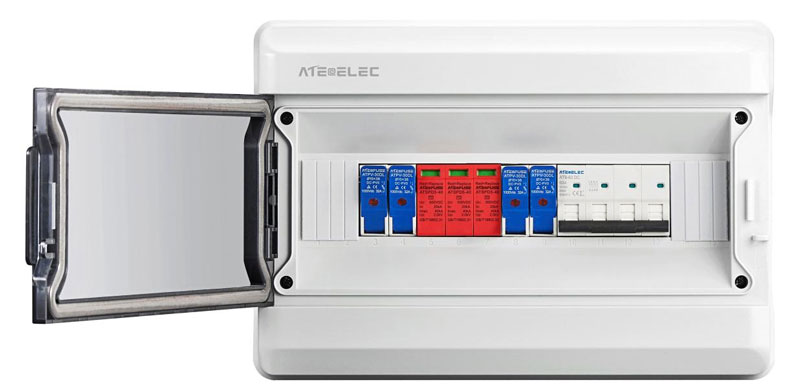
Inside this combiner box, ATPV-30 DC1000V 10×38mm gPV solar fuses are used. These high-voltage DC cartridge fuses are specifically designed for photovoltaic protection. They provide reliable isolation in case of a fault and meet international standards such as IEC 60269-6, ensuring compliance for global projects.
Why these fuses matter:
- Rated for up to 1000V DC, they handle modern PV string voltages safely.
- Compact 10×38mm size makes them easy to integrate into combiner boxes.
- Current ratings can be selected (e.g., 20A or 25A) to match the maximum string current.
- High breaking capacity ensures safe interruption even in fault conditions.
Procurement Takeaway: For buyers, the ATBX-2/1 demonstrates the importance of choosing a combiner box with certified fuses and proper current ratings. Instead of sourcing fuses separately, selecting a pre-assembled unit saves installation time, ensures compatibility, and reduces the chance of mismatched protection devices.
With the solar industry expanding globally, investing in high-quality, compliant PV fuses such as the ATPV-30 DC1000V 10×38mm gPV solar fuse inside the ATBX-2/1 combiner box is the key to long-term reliability and safety.
